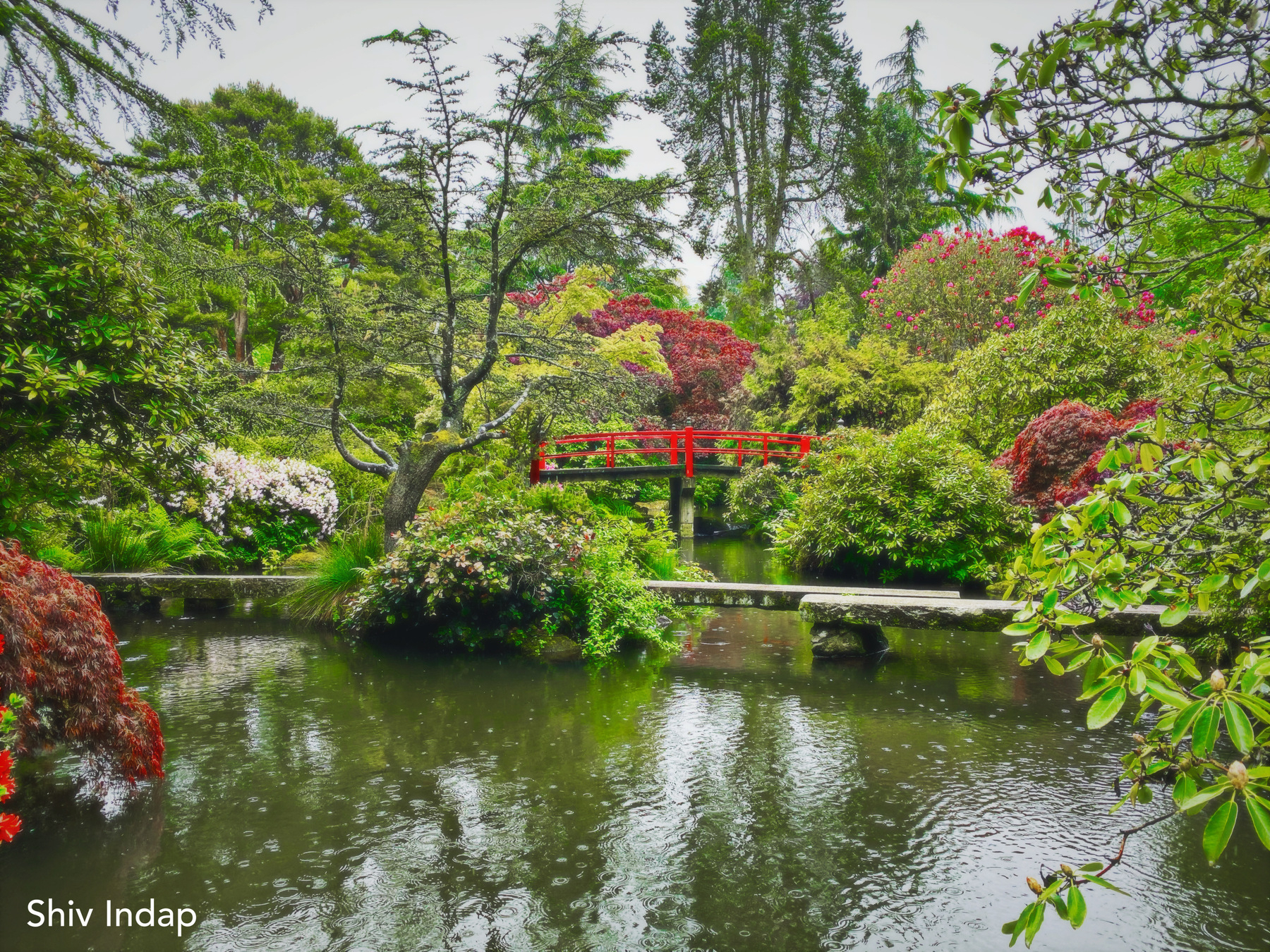The Beauty of Japanese Gardens. This picture was taken at the Kubota Garden near Seattle.
Japanese Gardens make excellent subjects during the rainy season. The rains really complete the landscape.
Talking of the Kubota Garden here is some pertinent history about the garden and its creator …
Fujitaro Kubota emigrated from Shikoku, Japan in 1907 and established the Kubota Gardening Company in 1923. Projects of his included the garden at Seattle University and the Japanese garden at Bloedel Reserve on Bainbridge Island. In 1927, he bought 5 acres (20,000 m2) of swampland in Rainier Beach with the help of a friend, as he was not able to make the purchase because of his Japanese descent.
In 1930, he went on to increase the size of the garden to 30 acres (120,000 m2). Kubota Garden served as the cultural center for the Japanese community in Seattle, as well as a home, office, and nursery for his business.
During World War II, Kubota Garden was abandoned for four years as Kubota and his family were interned at Camp Minidoka in Idaho. During his internment, Kubota supervised the building of a community park, which included a Japanese rock garden. After the war, he and his sons Tak and Tom Kubota rebuilt the business.
The Kubota Gardens are free to visit, the couple of hours I was there was time well spent.
